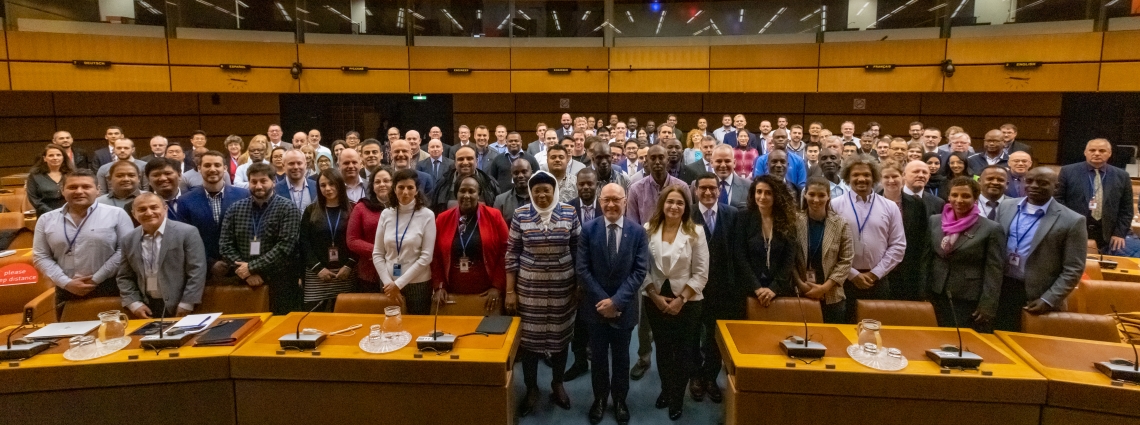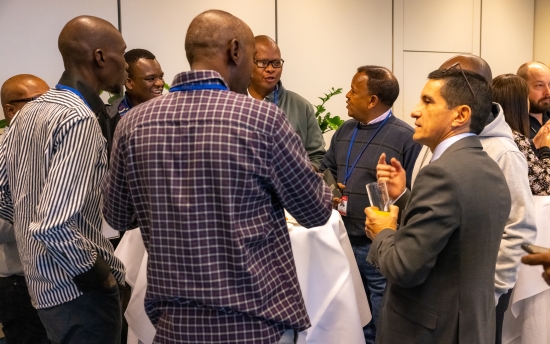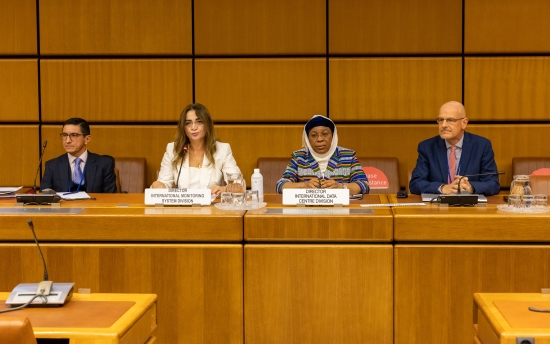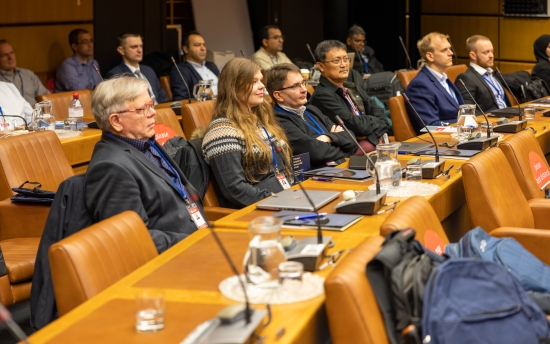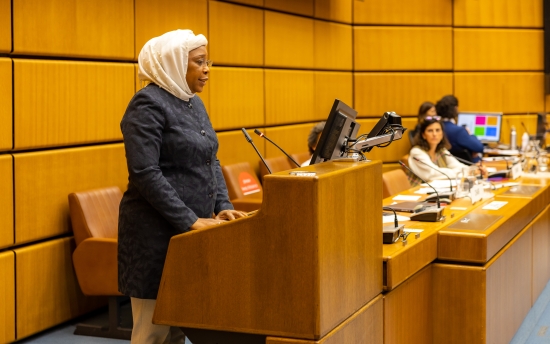7th Workshop on Operation and Maintenance of CTBTO’s global alarm system
The Comprehensive Nuclear Test-Ban-Treaty Organization (CTBTO) held its 7th Workshop on the Operation and Maintenance (O&M) of the system that monitors planet Earth for nuclear explosions.
The five-day event opened to participants on 28 November with Executive Secretary Robert Floyd praising the Organization’s “cutting-edge verification regime”, also known as the International Monitoring System (IMS) -- established in 2000.
Speaking to 150 participants from 59 countries, the CTBTO head said: “The torch has been passed to you, not only to operate the system, but to maintain it and sustain it. You are here to identify challenges and solutions, share best practices, engage in dialogue, and exchange ideas to inspire its further development and enhancement.”
Conference participants included station operators, contractors, and equipment suppliers, as well as staff from various National Data Centres (NDCs), which are the national technical institutions tasked with advising their governments on the verification of the Comprehensive Nuclear-Test-Ban Treaty (CTBT).
This year’s edition of the quadrennial O&M workshop featured a new session on the long-term sustainment of the IMS, and a discussion on ways to enhance data availability and quality. It also addressed two of the biggest challenges of our time: climate change and COVID‑19.
“This event has gathered operators from all continents. Sixty per cent of the participants were first timers, which shows that a new generation is already in place to continue strengthening the IMS network,” said Guillermo Rocco, Programme and Project Coordinator of the International Monitoring System Division.
Volodymyr Sukhodolskyim, the operator of primary seismic station PS45 in Kyiv, Ukraine, said providing training for technical staff “guarantees the effective functioning of the system.”
PS45 utilises one of the three waveform technologies used by CTBTO’s IMS to detect, locate, and distinguish between an underground nuclear explosion and the numerous natural and man-made seismic events that occur every day - such as earthquakes and mining explosions.
Another participant, Gladys Karegi Kianji, started working in station maintenance 20 years ago. Today, she manages seismic and infrasound stations PS24 in Kilimambogo, some 70 kilometres from Nairobi, and IS32, the pioneer station of the infrasound network, located in the Kenyan capital.
“We have a lot more experience with station maintenance, but it is unfortunate because people are leaving the system, so we hope to get a new crop of operators and managers.”
The workshop wrapped up on 2 December with a lively message from Zeinabou Mindaoudou Souley, the Director of CTBTO’s International Data Centre (IDC), located in the Organization’s headquarters in Vienna. This is where analysts review the data collected by the verification regime.
“The 7th Workshop on the Operation and Maintenance of the IMS is a hive of activity, providing an opportunity for the CTBTO and station operators to interact face-to-face.”
The IMS is a unique global network that, when complete, will consist of 321 monitoring stations and 16 laboratories hosted by 89 countries across the globe. Over 90 percent of these 337 facilities are already up and running, providing a steady flow of real time data.
The system has already proved its effectiveness, detecting all six of the Democratic People’s Republic of Korea’s (DPRK) declared nuclear tests between 2006 and 2017. In addition, it continuously picks up a wide range of phenomena including earthquakes, volcanic eruptions, and meteor strikes, as well as non-nuclear explosions such as the blast that devastated the Lebanese capital, Beirut in 2020.
IMS locations include some of the world’s most remote and inhospitable environments, posing engineering challenges unprecedented in the history of arms control.

O&M reception

O&M reception
12 Dec 2022
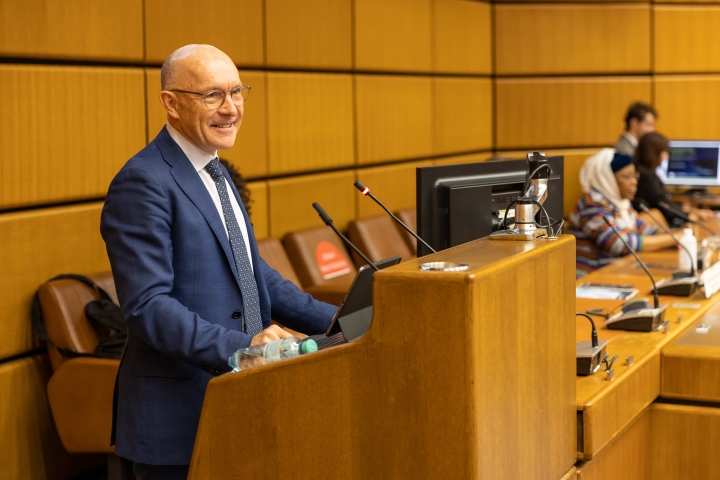
Executive Secretary Robert Floyd opens 7th Workshop on Operation and Maintenance (O&M) of IMS
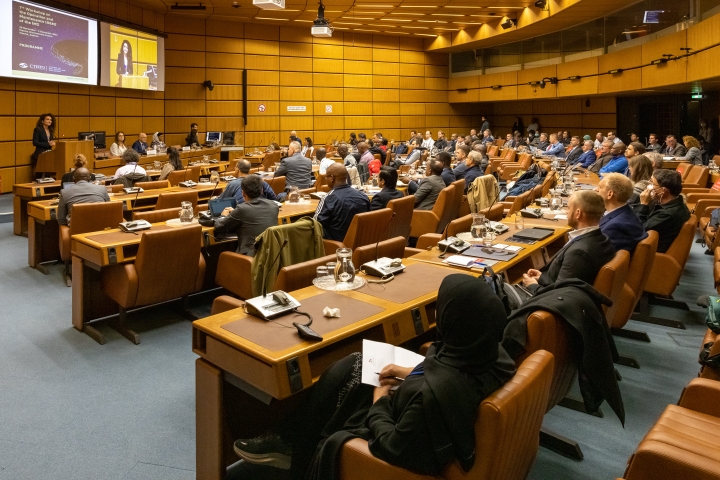
Opening session of O&M Workshop
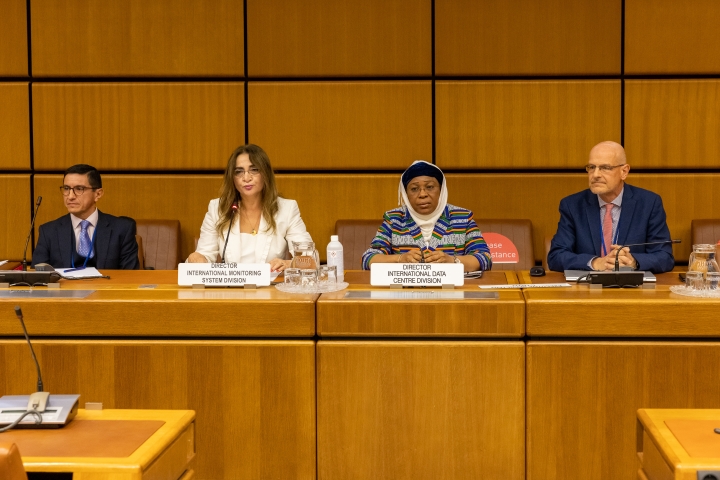
Guillermo Rocco, Programme and Project Coordinator (IMS), Nurcan Meral Özel, former Director of IMS, Zeinabou Mindaoudou Souley, Director of IDC, and Thomas Hoffman, Chief of Operations Section (IDC)

Participants listening to presentation

Zeinabou Mindaoudou Souley delivers closing remarks at O&M Workshop
